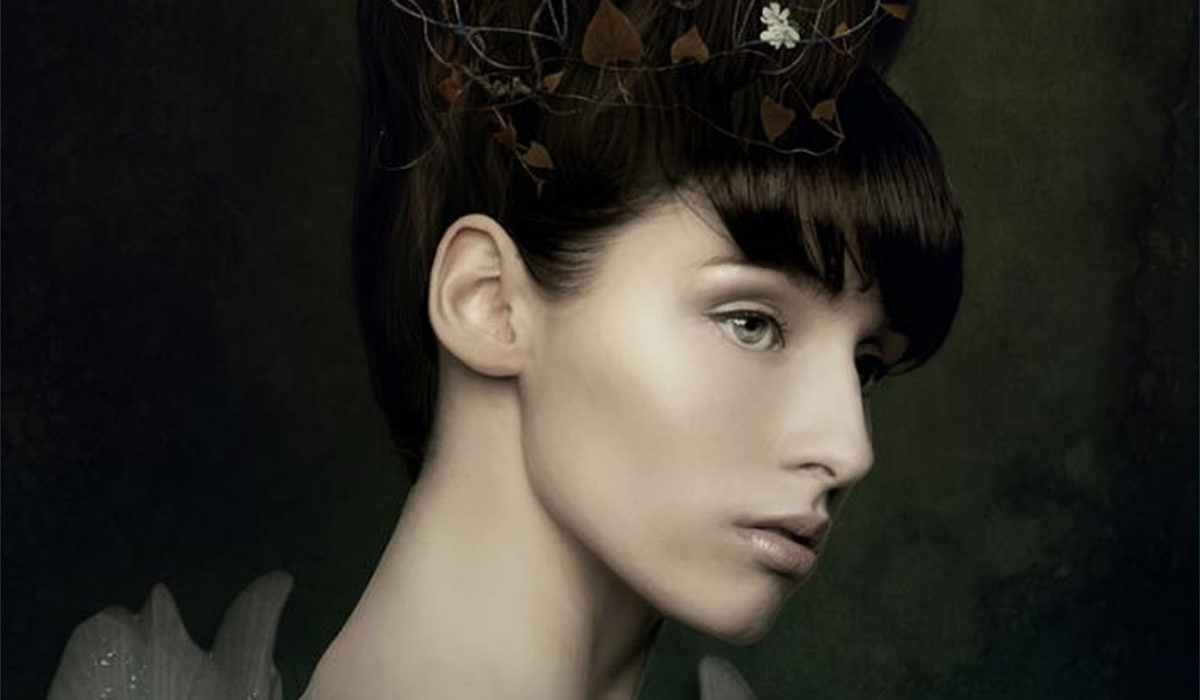— The featured artist of the 58th issue of Living the Photo Artistic Life magazine is AWAKE artist Jo Crane of Thetford in England. I’m excited to share my interview with Jo here on Quill and Camera . . .
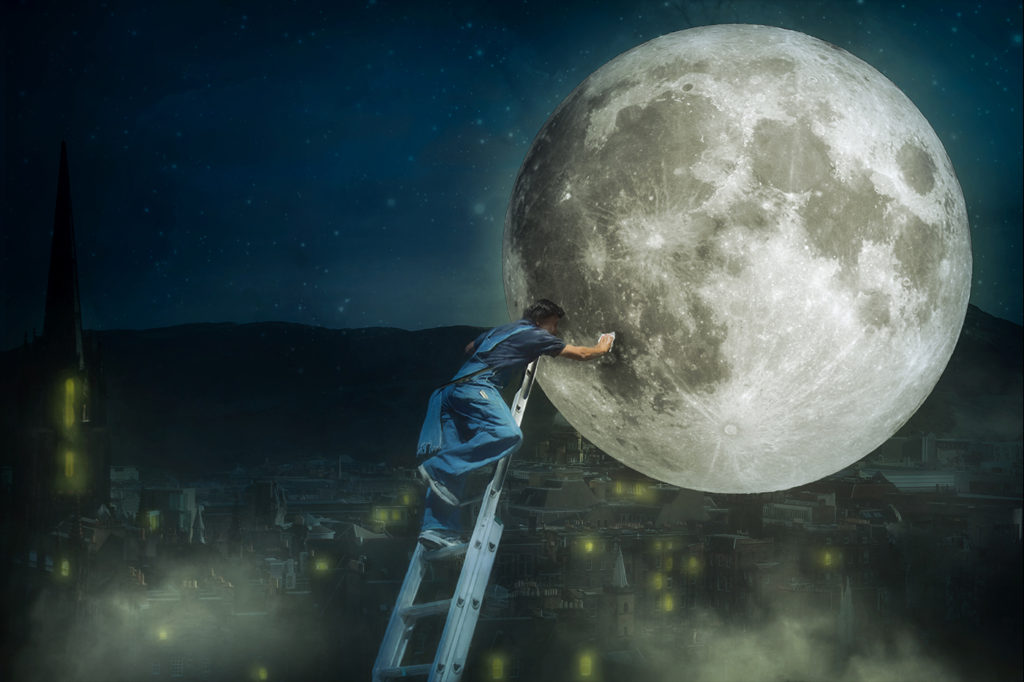
Q. What got you started in digital photo artistry?
I’ve always had a love of the arts. My mum is an incredible artist and I was always quite envious of her talent at drawing and painting. My artistic abilities in school were non-existent! Growing up, I wanted to be a writer, and although I showed some ability for creative writing, I definitely lacked the patience and discipline needed to complete a novel. (I have several unfinished manuscripts gathering dust somewhere!) Then, 15 years ago, things changed. I bought my first camera — a second-hand Panasonic Lumix bridge camera — and discovered a real passion for photography. I taught myself the basics watching endless hours of tutorials on YouTube and focused for a while on photographing anything and everything. I guess the storyteller in me was still waiting in the wings, as I quickly became frustrated that the ideas I had in my head were not possible with straight photography.
Eventually I upgraded to a Canon DSLR, discovered Photoshop . . . and fell instantly in love! In 2016, by pure accident, I stumbled on the Creative Black and White Photo Artistry course produced by Sebastian Michaels. From there I graduated to the Photoshop Artistry course and finally started exploring the full potential of working in Photoshop. Finally I was no longer constrained by what could only be achieved in camera and my only limit was my imagination. This changed everything for me.
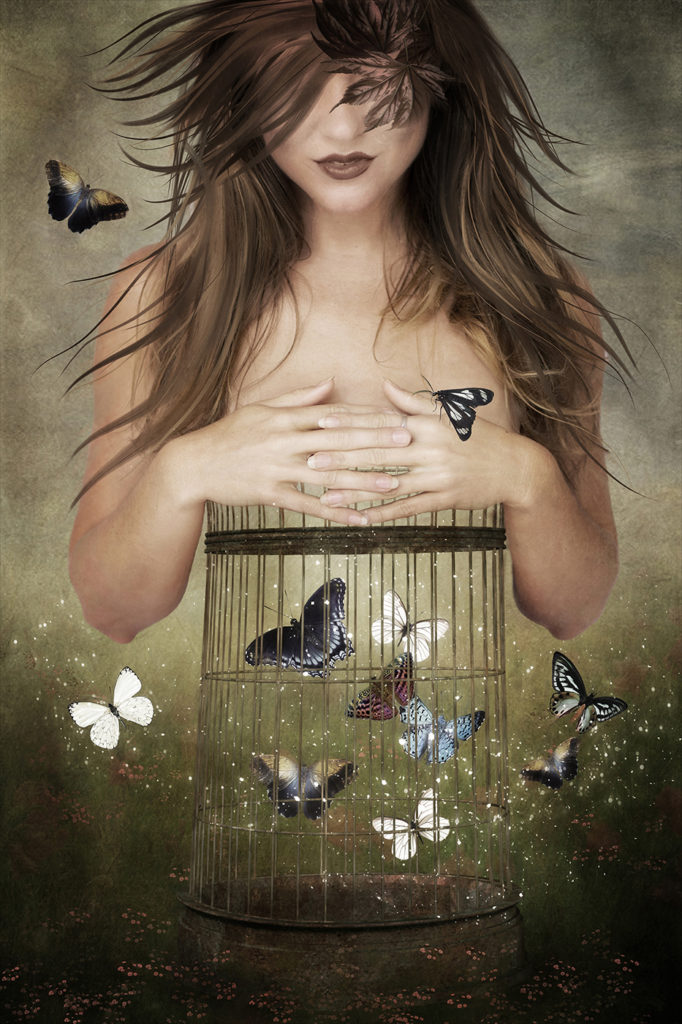
Joining the advanced AWAKE Group earlier this year has been an incredible experience and every day I’m learning something new, both from the course content and the sharing of ideas within the group, where we have the luxury of rubbing shoulders with incredibly talented artists from around the world.
Q. What inspires your work?
In a word – everything! Though I would say top of the list would be music, literature, mythology and history. I’ve always been fascinated by classical history and Greek and Roman mythology, perhaps because the stories are so vivid and compelling. I’m also a little obsessed with the Victorian era and the Victorian Gothic aesthetic creeps into my work quite often. A lot of my images will have an element of darkness to them, even if its not immediately apparent. I will run to my journal several times a day to jot something down (I have a terrible memory!), and that might be a simple song lyric or a sentence in a novel — which is often all it takes to spark an idea for a composition. My ideas are often very abstract, which I think is reflected in my work. And many of my images are quite surreal, which is deliberate. There is a story behind each and every one, but I want the viewers to decide for themselves what that might be.
Q. What does living a photo artistic life mean to you?
For me it’s all about learning and exploring. I feel I’m very much at the beginning of my development as an artist and I’m only just beginning to see a definite style emerge. My creative time at the moment is very limited, as I have to balance my time with art alongside working at a local gym and studying for a degree in Psychology. It’s difficult to make sure I have some creative time every day, but it’s become a necessity.
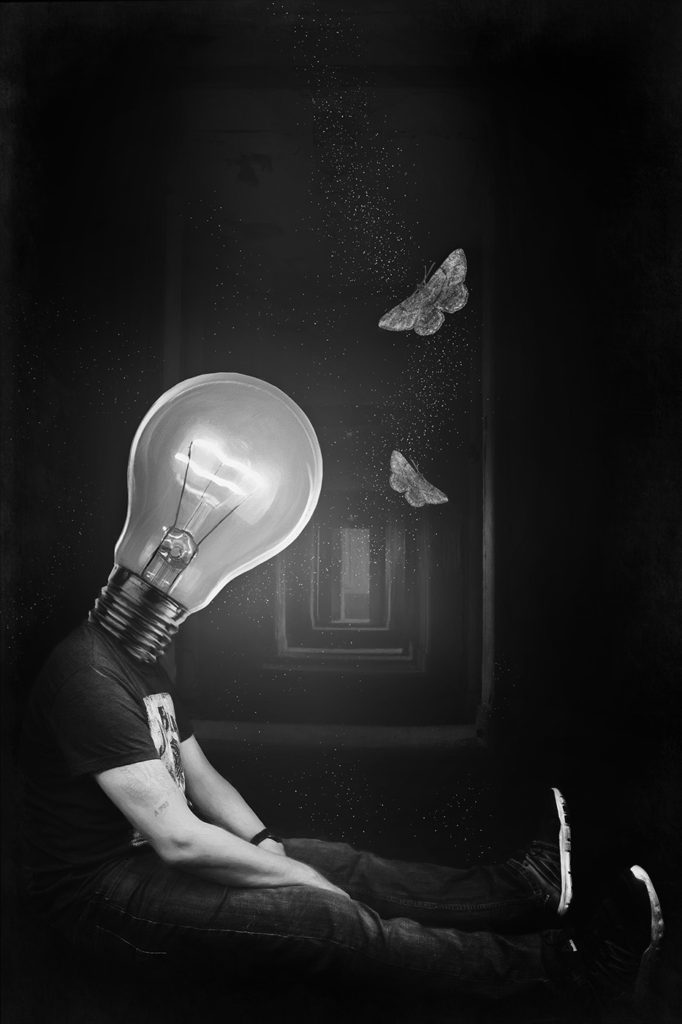
Photographic art has become my escape from a very busy and sometimes stressful life, and I would be lost without it. I allocate at least an hour a day to Photoshop practice and am always looking for inspiration. My Pinterest board is ridiculously large! I also love to make my own brushes and textures to use in compositions, so I try to make time to get some paints on a canvas or piece of paper, which I then scan into my PC to incorporate into whichever piece I’m working on. I’m a texture obsessive, and will often come back from a shoot with more pictures of tree bark and concrete than anything else! I continue to read and view as many tutorials as I can get access to. There are so many amazing techniques still to be discovered. And ALL of this is part of the photo artistic life.
Q. What is it that your creative work brings to your life?
At the moment it brings me some much-needed escape! My days are sometimes pretty full on, so it’s wonderful to have the opportunity to disconnect from everyday life for an hour or two. When I’m working on a piece it’s almost like being a child again – allowing myself to daydream and explore some (often very strange) ideas! Now that I’m finally getting more skilled in Photoshop, I can take an image in almost any direction I want, and there’s a great sense of freedom in that. Combining photography and art has finally allowed me to tell stories in a way that’s very immediate and satisfying. It has also reignited my passion for photography, which I’d lost for a little while, and has made me fall in love with my camera all over again. Being in the AWAKE group has been an inspiration in itself. The other artists are so supportive of each other and the artwork produced on a daily basis is exceptional. I consider myself so blessed to be a part of it.
Q. What are you most proud of as an artist?
I think taking the step to finally be myself and produce work that I want to produce. Self-confidence has always been a bit of an issue for me, so I used to play it safe a lot with my photography, and then my art. I used to worry endlessly that I wasn’t good enough and fretted over whether anyone would like what I was producing, so I would concentrate on trying to replicate what everyone else was doing. It took me a long time to get up the confidence to start experimenting and moving in the direction I wanted to go. I do still experience a momentary panic every time I post an image online, but it’s getting better! Being chosen as a featured artist in Living the Photo Artistic Life magazine was such an unexpected surprise and a huge honor for me. That has really boosted my confidence. I still feel that I hold back to some extent, so my goal for the year ahead is to get a little braver and push myself even further.
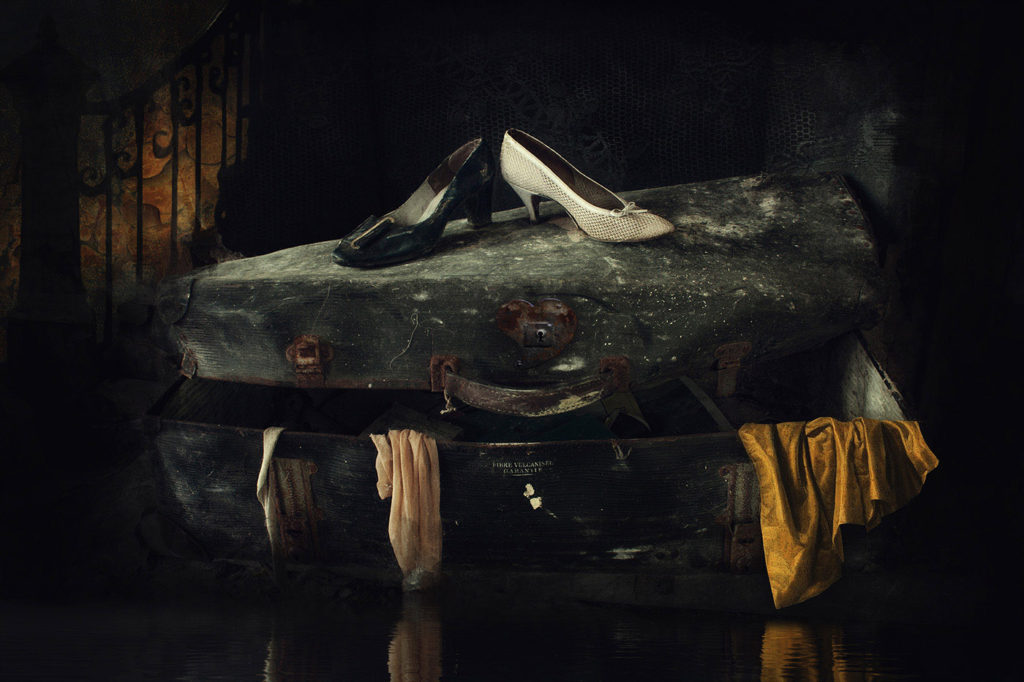
Q. How do you approach your compositions?
As I’m so limited for time at the moment, I’ve found that having 2 or 3 images on the go at any one time really helps. If I get stuck on one, I can just switch to another. That way, I always have something to work on and always feel I’m moving forward. A lot of my work is quite intuitive. It’s rare that I’ll have a definite plan. I’m more of a visual person, so for me I’ll often have an image in my head that I then have to try and replicate. By the time I sit down to Photoshop I often have a strong idea of how I want the final image to look . . . but sometimes no idea how I’m going to accomplish it! This for me is the best part. I love the challenge of sitting down to a blank canvas and trying to work out how to make a story come to life. I can lose hours experimenting, and every experiment teaches me something new to take forward to the next piece. It’s quite a chaotic way of working which probably wouldn’t suit most people but it works for me.
Q. How long do you spend working on an image?
That very much depends on the image. Some will take many, many hours, sometimes even weeks. Others may only take a couple of hours. I think that’s an advantage of working on more than one piece at a time. When a piece is very complex, it can be good to walk away from it for a while and come back fresh another day. As I like to use my own textures whenever possible, the process will sometimes start there, with a piece of canvas or paper and some paint. My backgrounds alone can take a few hours start to finish. On the other hand, some images come together so easily they almost seem to create themselves, and I can get those done in a day.
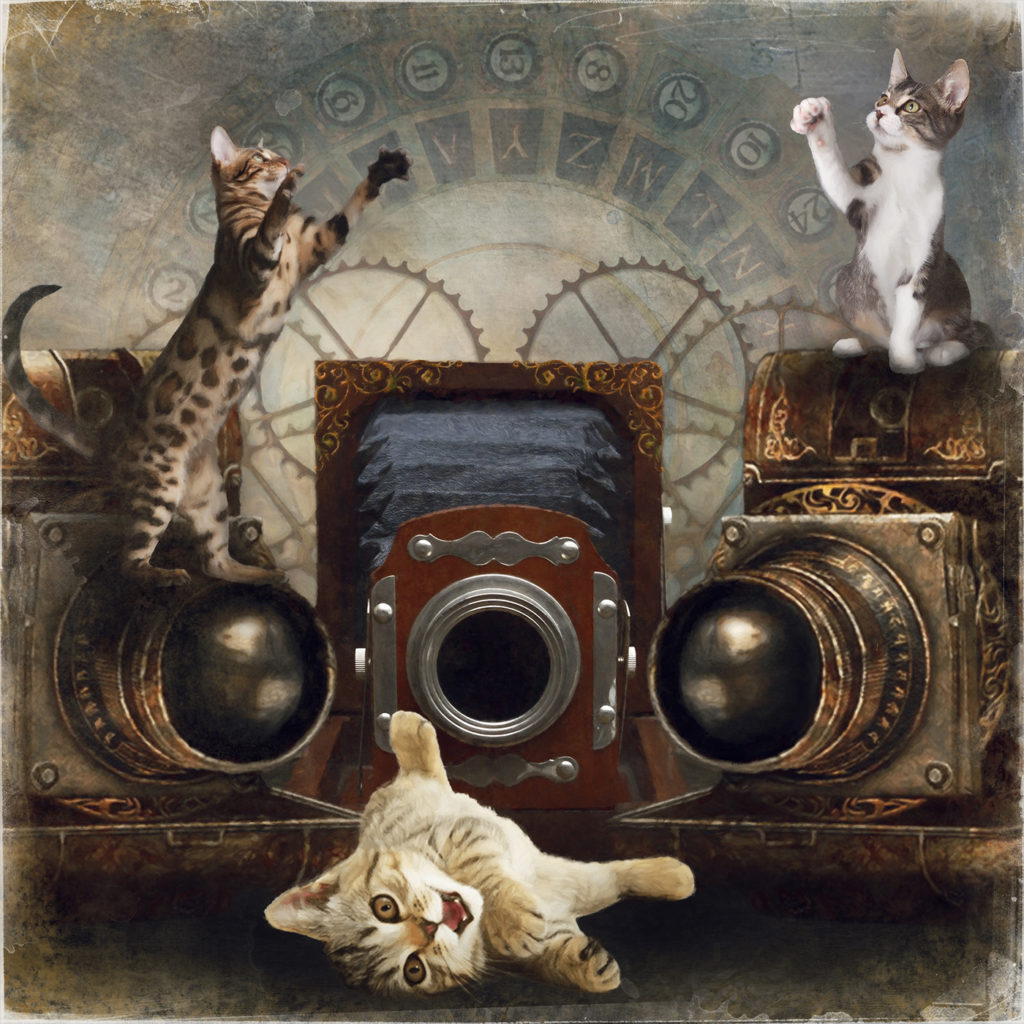
For me, post-production is where I’ll spend most of my time, adjusting lighting and tone. Sometimes I will produce many different iterations of the same image, with different lighting, color, and tone to see which I like best. A simple shift in color temperature can completely change the feel of an image and sometimes I’ll surprise myself by using a palette I hadn’t considered before. One of the best things I’ve learned recently is to take my time at this stage of the piece. I used to get carried away when an idea hit, and rush to get it finished. Then I would post it online and immediately notice imperfections, or things that could have been done better, and I would be so cross with myself! I’ve learned to slow down and hopefully my work is a little better for it.
Q. What’s your next step as an artist? Where do you wish to take your work next?
I think for now it’s continuing to learn and develop my own style. My focus this year is to produce more physical work and not just leave it languishing on my hard drive. I started a steampunk alphabet project as a prompt for daily practice, and I really like how it’s turning out, so I’ve decided to turn it into an art book which I hope to publish by the end of the year. Having small projects like that is really helping to keep me motivated and focused on creating. I’ve also enrolled on the Conceptual Fine Art Photo Artistry course produced by Brooke Shaden and Sebastian Michaels and I’m looking forward to taking my photography in new and exciting directions. It’s already forcing me out of my comfort zone and getting me to approach my work in a very different way. With all this coming into play, I’m really excited to see what the new year will bring.
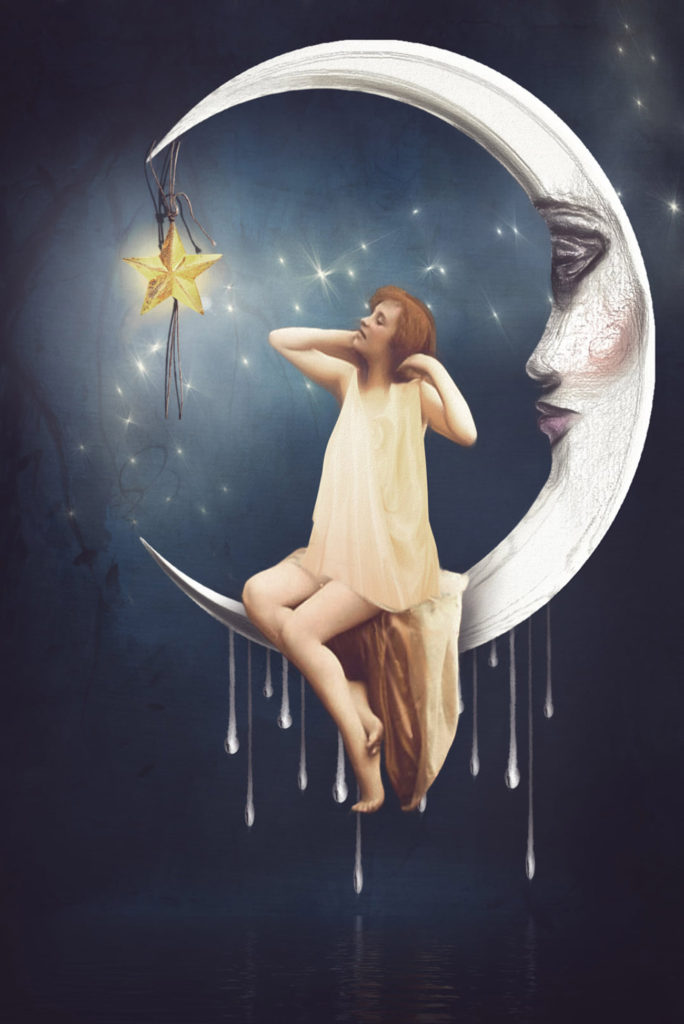
Q. Any advice or tips for aspiring digital artists?
Practice, practice, and then practice some more! You do this by sitting down to create something every single day, even when you don’t feel like it (in fact, ESPECIALLY when you don’t feel like it!) I’ve found forcing myself to sit down in front of Photoshop every morning has really boosted my inspiration and creativity. Just make it a part of your daily routine.
Beyond that, simply immerse yourself in art of all kinds and read and watch as many tutorials as you can. Get all those ideas turning around in your mind.
Lastly I would stress the importance of creating for yourself first and foremost. I wasted a lot of time producing images that I thought people wanted to see, and then wondered why they didn’t resonate with me (when I was the one who had created them!) and left me feeling dissatisfied. Put away your self-doubt and go where your heart and imagination take you. Trust that there will be someone out there who likes what you’re doing! Art is always going to be subjective and it’s impossible to produce work that appeals to everyone. So learn to silence your self-doubt, create what makes YOU happy, and have fun!
.
Note: Be sure to explore more art by Jo Crane on her website at https://justjosiephotography.myportfolio.com/

